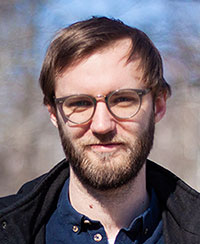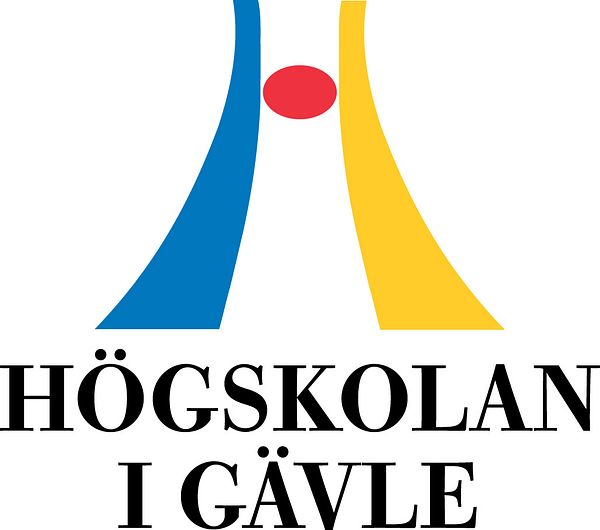Press release -
Avoid concentrating the city's public flows
“If we concentrate too many people into the same location, there is a great risk that this will cause stress, and the experience will not be as positive as it could have been,” says Karl Samuelsson, PhD student in environmental engineering at the University of Gävle.

Karl Samuelsson
An experience map containing almost 2000 experiences and covering almost the whole of the Stockholm municipality forms the basis for the researchers’ understanding for how these spaces are experienced.
Peace and quiet is also important in Stockholm
The most common category of positive experiences is characterized by peace and quiet and of being in nature, while the second most common one is characterized by the presence of culture or history.
“As we are talking about Stockholm, we find these facts significant, surprising and thought-provoking for urban planners. We had one category for shopping and another one for meeting new people, going to restaurants etcetera, but they were not as popular.”
And being able to be yourself
There are a few particular environments that most people experience as negative. The most common negative experiences are the feeling of not being able to be yourself, finding it difficult to walk or ride a bicycle, becoming exhausted because it is hectic and loud and feeling unsafe.
“These are environments in which you simply do not feel free to be yourself, and we think this is connected to places that are uncomfortable to be in.”
An experiential perspective in urban planning is a new strategy. Earlier, there was a focus on service accessibility and researchers assumed that more was always better.
“Accessibility is of course desirable in a city, but we can now demonstrate that there is a breaking point where concentrating crowds to certain locations to a very high extent, like in Stockholm, becomes a negative strategy.
Above all, smaller cities that are growing fast should avoid to put themselves in this position.
“Already at the planning stage, we should have a strategy to reduce road congestion when designing street structures. Building many small smaller centres could be another strategy.”

Experience map
“We have been able to create an experience map, based on almost 2000 experiences, covering almost the whole of the Stockholm municipality. It is the first time anything like this has been done, and now we have a large material to base our understanding on how these different locations are experienced,” Karl Samuelsson says.
For more information, please contact:
Karl Samuelsson, PhD student in environmental engineering, University of Gävle
Phone: 073-759 08 50
Email: karl.samuelsson@hig.se
Topics
- Culture
Categories
- sustainable living environment
- city planning
- nature in cities
- stockholm
- sustainable urban areas
- karl samuelsson
- research
- university of gävle
- dense neighborhoods
Education and Research at a Scenic Campus.
The University of Gävle has approximately 17 000 students, more than 50 study programmes and second-cycle programmes, about 1 000 courses in humanities, social and natural sciences and technology.
Research Profiles
Built Environment and Health-promoting Working Life are the general research profiles of the higher education institution. Important parts included are Spatial Planning with a specialisation in Sustainable Built Environment and Musculoskeletal Disorders with the purpose to prevent work-related injuries. In 2010, the higher education institution received permission to carry out third-cycle programmes in the profile area of Built Environment.
The higher education institution has applied for permission to carry out third-cycle programmes in technology, humanities and social sciences.
